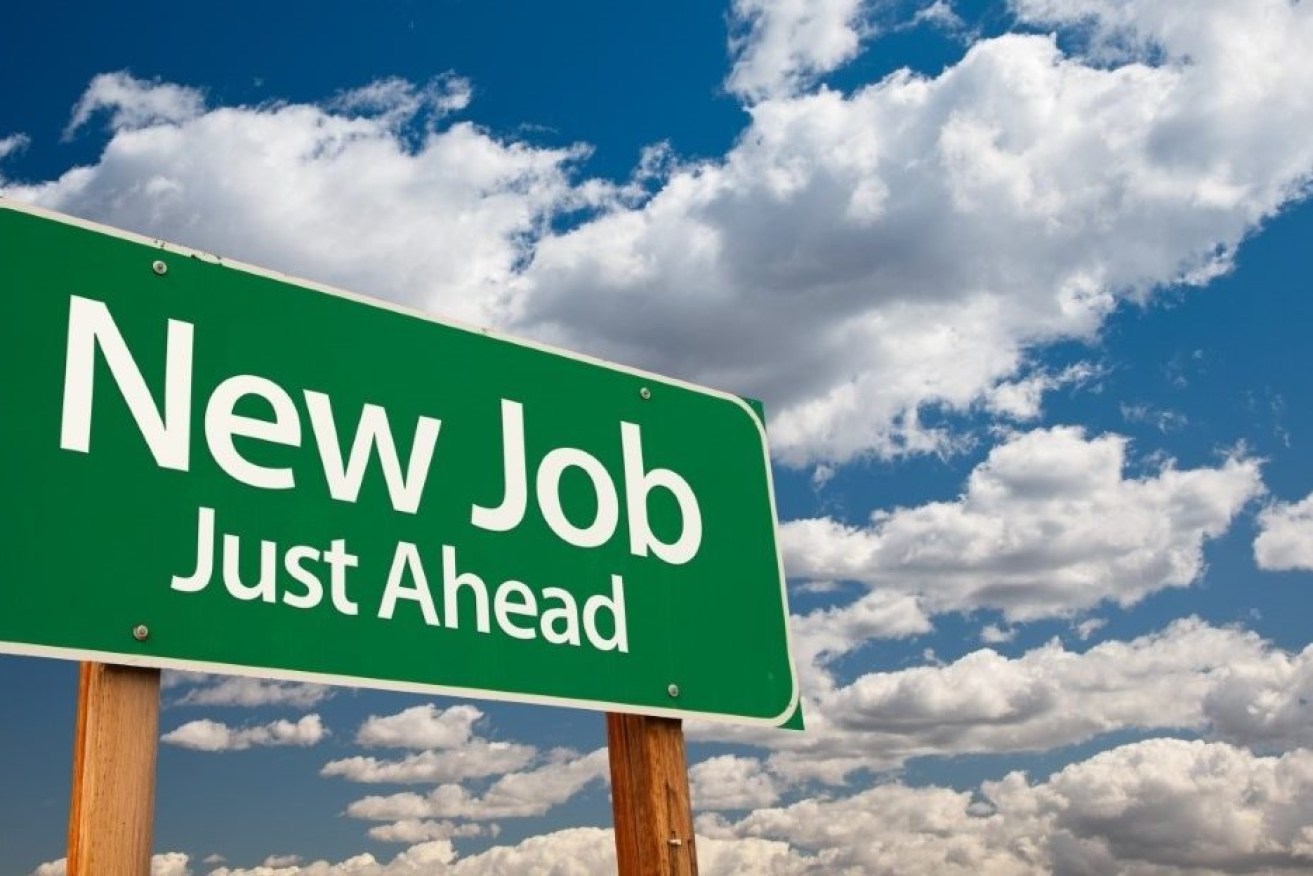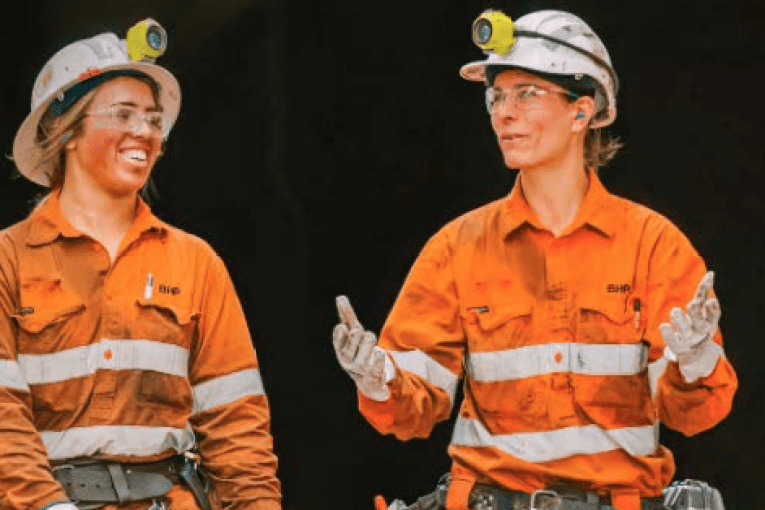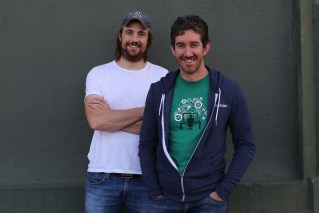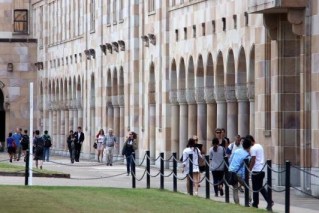Jobs market strength adds to concerns of rate hike
The resilience of the jobs market continues to beat expectations and keep pressure on the Reserve Bank to lift interest rates even further.

Queensland's unemployment dropped to 3.6 per cent (Photo: mywayemployability.com.au)
The official labour force data showed the unemployment rate hanging on at 3.5 per cent in June, after the May result was revised down. In Queensland, the rate fell 0.3 points to 3.6 per cent.
Underemployment in the state fell slightly to 6.7 per cent and the participation rate dropped 0.4 points to 66.5 per cent.
Economists were expecting to see another show of strength in the jobs market but few predicted the unemployment rate sinking lower than the pre-update May result of 3.6 per cent.
Roughly 32,600 people found work in June, which was also above economists’ expectations.
“With employment increasing by around 33,000 people and the number of unemployed decreasing by 11,000 people, the unemployment rate remained at 3.5 per cent,” Australian Bureau of Statistics head of labour statistics Bjorn Jarvis said.
The participation rate actually edged lower, to 66.8 per cent, but the 0.1 percentage point slip was down from last month’s record high.
“The rise in employment in June saw the employment-to-population ratio remain at a record high 64.5 per cent, reflecting a tight labour market in which employment has recently increased in line with population growth,” Mr Jarvis said.
An additional one million people are now employed than before the COVID-19 pandemic, he said, and a much bigger share of the population had a job.
Monthly hours worked grew by 0.3 per cent to outpace the 0.2 per cent rise in employment over the month.
“The strength in hours worked since late 2022, relative to employment growth, shows the demand for labour is continuing to be met, to some extent, by people working more hours,” Mr Jarvis said.
Every state and territory except South Australia recorded a jobless rate below four per cent, with NSW notching an ultra-low 2.9 per cent unemployment rate for June.
Oxford Economics Australia head of macroeconomic forecasting Sean Langcake said labour market indicators were in a “very strong place”.
“The employment-to-population ratio is historically high, while unemployment and underemployment are at, or near historic lows,” he said.
Mr Langcake said the results were “unambiguously good” but the strength of the labour market would continue to keep upward pressure on wages and inflation.
The results will add to the case for further interest rate increases by the Reserve Bank, which is watching labour data carefully for signs its tightening is working to slow economic activity.
“The RBA is not in a position where it can tolerate any upside surprises to the inflation outlook, and we expect to see two more rate hikes in the coming months,” Mr Langcake said.
The unemployment rate is anticipated to drift up in the coming months as higher interest rates weigh on spending and activity, lessening the need for workers.
The upcoming quarterly inflation report, due next week, will factor more prominently in the next cash rate decision.
The RBA board will be gunning for a substantial softening in the consumer price index to counter the robust jobs read.
The index rose seven per cent in the 12 months to March, well above the two to three per cent range targeted by the central bank.












